Useful stuff to know when selling wholesale and setting your wholesale price
Written by Julia Bickerstaff // May 19, 2013 // Daily Juice // 1 Comment
Recently we’ve had lots of questions about wholesale pricing. Here’s a question from Emma that pretty well sums up what everyone has been asking.
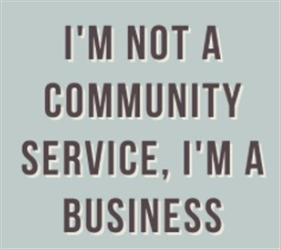
“I make jewellery and sell it myself mostly via my website and occasionally at fairs. Recently a couple of small retailers have offered to stock my pieces. The trouble is I can’t work out my wholesale price.
I usually sell my jewellery for twice what it costs me to make. The profit bit is to pay for my time. The retailers asked my what my usual wholesale price is but as I don’t have one they asked my what my retail price was and said they’d work out the wholesale price for me.
That seemed like a good idea until I told them I sell my pieces for $150 and they said they’d buy from me for $75. How does that work? Each piece costs me $75 so I won’t make any money.
I’d like to sell to the retailers but how do I make it work for me?”
Oh pricing! Gosh it’s tricky to get right. Best digested in small bits I think, so here are ten little thoughts about selling wholesale.
1. As a rough guide, retailers usually double the wholesale price to get to their retail price. In other words whatever Emma charges the retailer, the retailer will double to get to the price it will charge the customer. Sometime retailers mark-up by more than 100%, selling stuff at three or four times the cost!
2. Retailers aren’t doing this to be extortionate. Retailers are selling-machines. Their biggest challenge is finding customers, and finding customers is expensive. It’s a bit annoying that they work on a formula (“double it”) but that’s the way it is.
3. Most retailers don’t end up getting the doubled – up price. On average retailers are lucky to sell 60% of their stock at full price! This is because some stuff doesn’t sell (customers don’t like it) and some stuff can’t be sold (get’s broken or goes off).
4. When you sell to a retailer you are effectively paying them to sell your stuff for you. The mark-up that they charge – the difference between the retail price that the customer pays and the wholesale price that the retailer pays you – is much easier for to swallow if you think of it like that. And it turns out that it’s not such a big price to pay because……
5. …..When we sell directly to the customer, our sales and marketing costs are higher than we think! Most of us are pretty hopeless at working out how much it costs us to sell our stuff. A lot of the sales and marketing work we do is about spending time rather than money and we tend not to track that. Even when we do spend money few of us really compare the cost of the advert (or whatever marketing we did) with the number of products we sold and work out a dollar price for each sale. If we did do the work on our sales and marketing costs we’d find that they are pretty high. It’s not unusual (though it is infuriating) to find that it cost as much to find a customer as it did to make the product. Sigh!
6.When we work out our pricing based on costs – like Emma did – we need to include all the costs. That includes sales and marketing costs too! It’s likely that Emma isn’t really making much money at all because her pricing covers just her cost of product and time making it – not the time and cost of finding customers.
7. When it comes to pricing it’s important to know what your costs are because you want to make sure you cover them. But once you’ve done that you can ignore your costs and focus just on what customers are willing to pay. If you’ve got a good product you can often sell it for much more than it “cost” you to make. Yes, there’s a bit of work (and a bit of trial and error!) in calculating how much customers will pay, but don’t limit yourself to thinking along the lines of ‘twice cost’.
8. You want to find a retail price (the price the customer pays) which is high enough to cover your “making” costs and your “selling” costs. It doesn’t matter whether it’s you doing the selling or a retailer doing the selling, the retail price must cover all the costs.
9. Emma’s retail price is probably a bit low. Her costs including her time (but not including selling) are $150 per item. So she shouldn’t sell to the retailer for less than $150. The retailer would then look to on sell it at $300. Yes $300! Yikes! That’s double the price! Will customers buy it for that? Well, you’d be surprised. Retailers are very persuasive.
10. So if the retailers are selling Emma’s stuff for $300, how should she price the pieces that she sells herself on line? Well retailers hate it (and may refuse to stock your stuff) if you sell at a price that’s cheaper than theirs. That’s understandable. So Emma should match (or almost match the retailers). Can she justify that? Well if a customer is happy to pay a retailer $300 they should be happy to pay her too. And it’s not pure profit. She still has to find those customers…..
Has this helped? Pricing is such a tricky subject and there’s lots to it. Too much in fact to cover in our blogs. In July our Kitchen will open (yeah!) and pricing is one of the things we will cover there in a fabulously simple way. Want to know more? Email me julia ‘@’ thebusinessbakery.com.au
Comments are still off on the blog off *sigh* because of the spammers but you can comment on Facebook or just email me: julia ‘@’ thebusinessbakery.com.au. (Our fab new website will be here 1 June and hopefully all this will be fixed!)
And, and and……if you don’t want to miss our blog we can send it straight to your inbox (together with our weekly round up of stuff to help you make a healthy income from your business.) Just sign up here (blue box)

Fancy getting a weekly Snack of sweet stuff for your small business? Just pop your details in below.

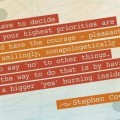

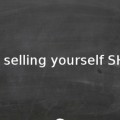

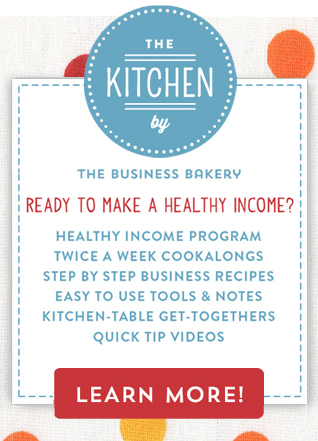

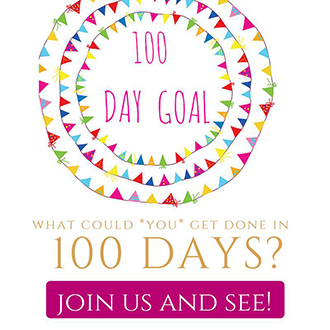














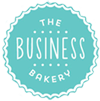
One Comment on "Useful stuff to know when selling wholesale and setting your wholesale price"
Great article Julia! Thanks for sharing.